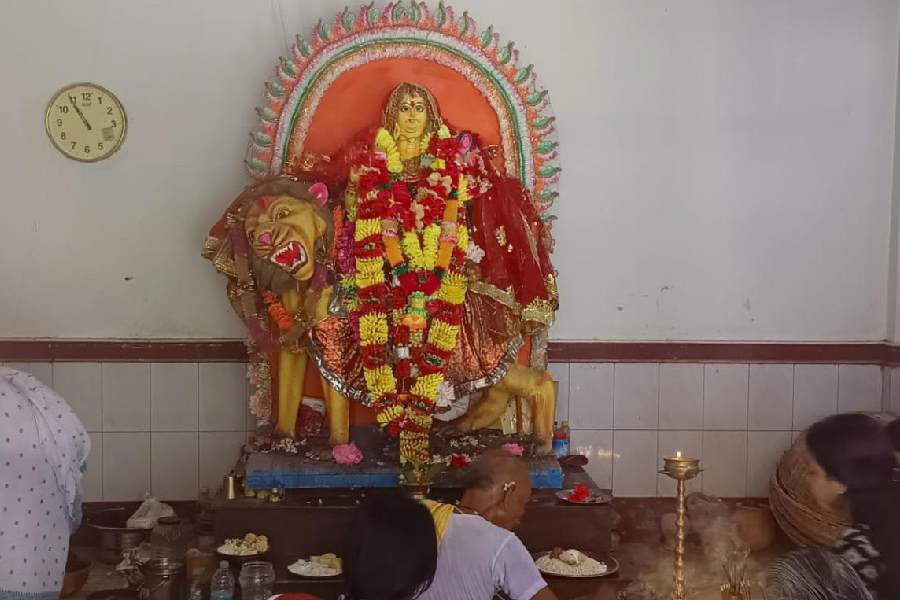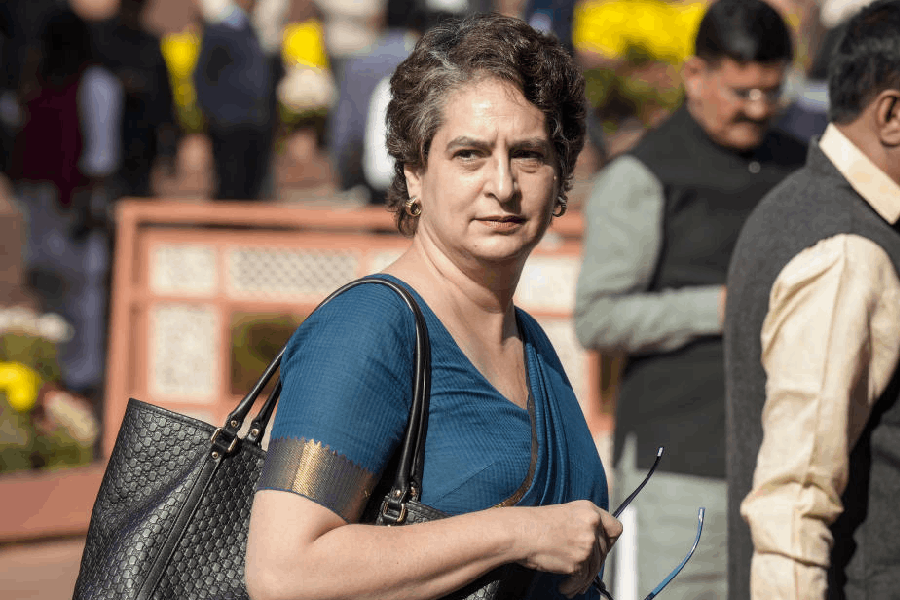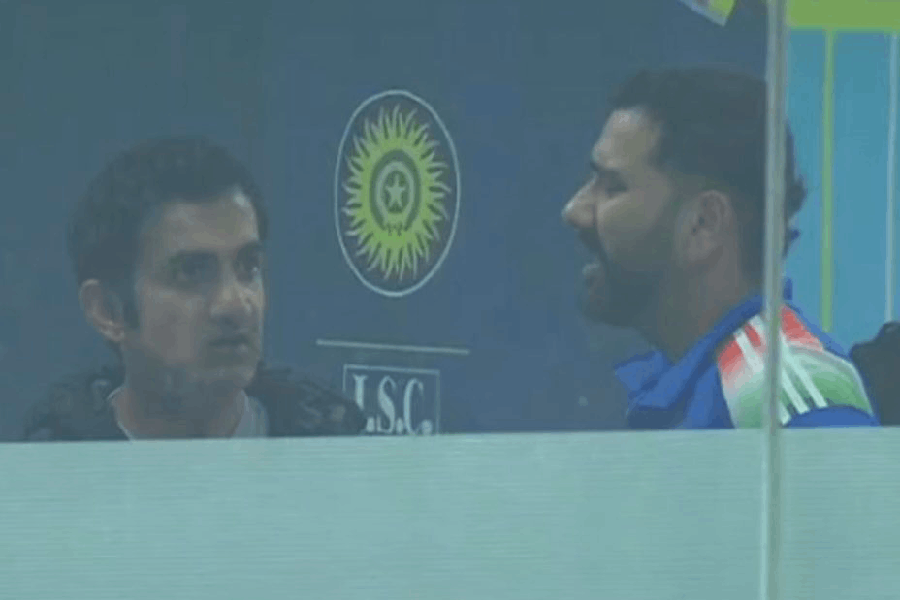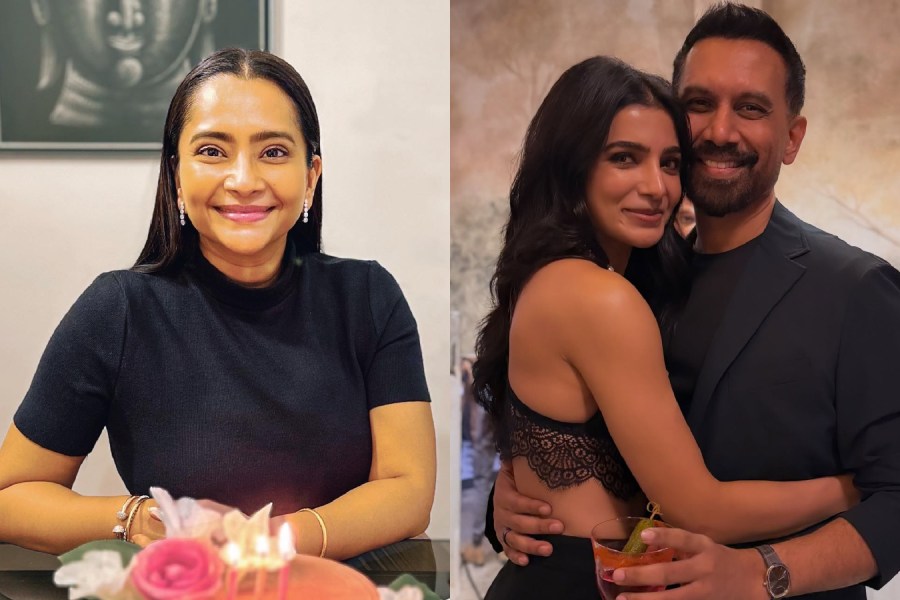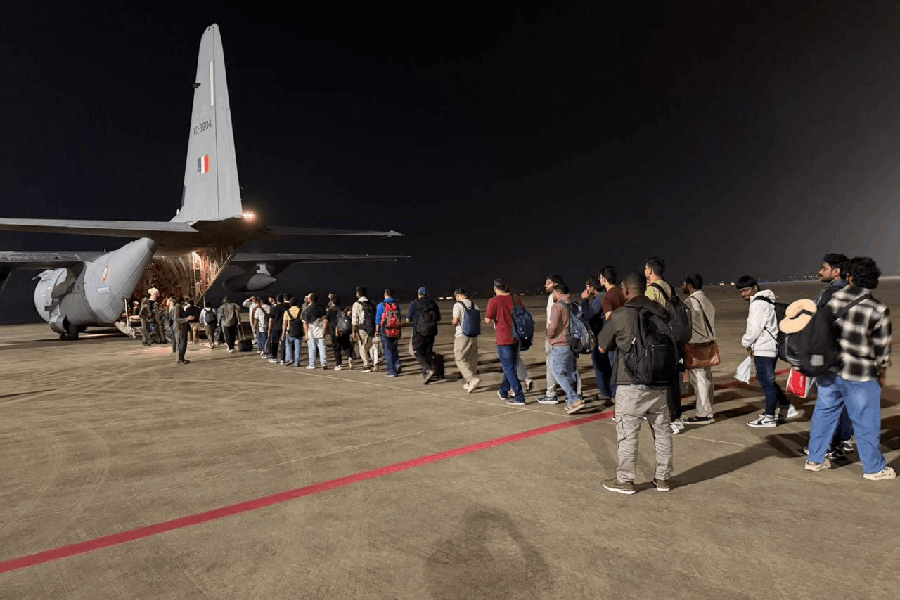Residents of Dinhata are gearing up to celebrate Burimata Ban Durga Puja, a 141-year-old Puja, which has become a symbol of communal harmony between Hindus and Muslim.
The Puja will be held on October 18 along with a fair at Putimari village, located about 25km from Cooch Behar, and is jointly organised by Hindus and Muslims of the area.
“This Puja is not a religious ritual, it is a festival of communal harmony. There is no discrimination here, we all call Burima as ‘Maa’ (Mother),” Kartik Roy, the president, of the puja committee said with Abdul Latif, the vice-president nodding in agreement.
The elders of the village said that about 140 years ago, three royal servants—Asmat Bakshi, Hemanand Roy Bakshi and Srinath Roy, who were employed in the collection of taxes for the Cooch Behar royal family, went to Rangpur in undivided Bengal on official business.
One night, all three of them saw Burima in a dream. The very next day, they decided that the puja would be held in the village.
“However, then the problem of making the idol arose. No local potter knew the likeness of the goddess. Then again one night, Burima came to them in a dream and said to make an idol with Naren Malakar of Baladanga village. After that, the artist made the idol—thus began this unique Burimata puja in Dinhata,” a local resident said.
After the death of Asmat Bakshi, his son Yakun Uddin Miah donated about one and a half acres of land to the puja committee, where a fair is held every year to this day. That tradition is still maintained by the people of both communities.
According to local beliefs, Burimata is an ancient form of Durga—an old mother, covered in white hair, a child in her lap, and a stick in her hand. This form of Bandurga symbolizes the tolerance, strength, and affection of a mother in the rural society of North Bengal, locals said.
The goddess is worshipped here as a lioness, holding a child in one hand, and a posture of refuge in the other.
A member of the puja committee said, “The idol is depicted as a symbol of strength but with kindness that is why we call her ‘Buri Maa’.”
The idol is not immersed after Puja, but stays in the temple for a year, that is, until the next Puja. Pilgrims keep coming. A new idol is installed in the temple on Ashwin Sankranti of the next year.
“Buri Mata Pujais a shining example of communal harmony. All people, regardless of caste, religion, Hindu, Muslim, participate in this puja. I have seen since my childhood that there is no discrimination here. People from across the subdivision visit here during the puja and enjoy the fair,” Udayan Guha, minister for north Bengal development department and Dinhata resident, said.

